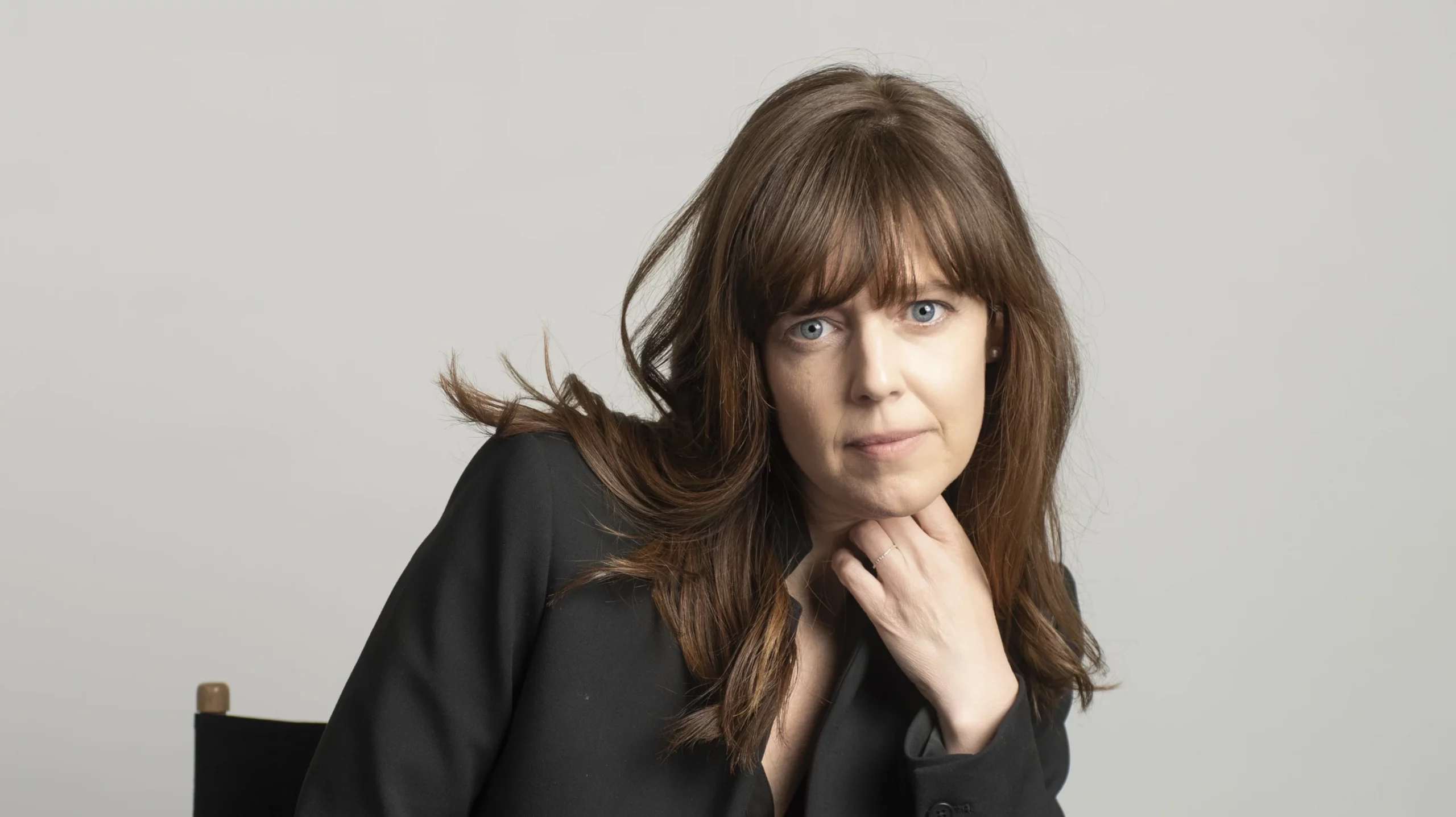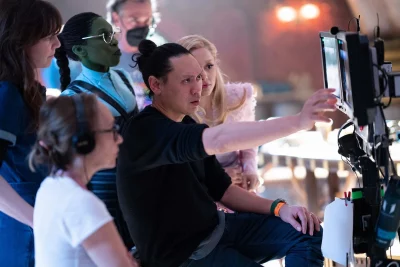
The Wicked Eyes and Imagination of Alice Brooks
Film
Alice Brooks always felt at home with musicals, seeing many a Broadway show while growing up in New York, and had dreams of becoming an actress. When, at age 15, she decided to pursue a career in cinematography instead, it may have seemed as if she was leaving show tunes and dance numbers in the past. After lensing In The Heights and Tick, Tick… Boom! in 2021, Brooks is tackling her biggest musical yet in director Jon M. Chu’s two-part screen adaptation of Wicked, and Toto, I don’t think we’re in New York anymore.
“It was the most magical time of my life making Wicked,” Brooks says. The film is Brooks and Chu’s third big-screen feature collaboration, following Jem and The Holograms in 2011 and In The Heights, though their friendship and working relationship began during their days as film students at the University of Southern California’s School of Cinematic Arts. It’s a dynamic that feels like an appropriate mirror to the story of two mismatched roommates at the magical Shiz University in the marvelous land of Oz: Elphaba (Cynthia Erivo, Harriet, Broadway’s The Color Purple), a young woman with green skin who has yet to discover her true power, and Galinda (Ariana Grande), a privileged, popular and perky blond who longs to be a great sorceress. While the two find themselves filled with loathing initially, an unlikely friendship blossoms and their potential together seems unlimited. After an encounter with the Wizard of Oz (Jeff Goldblum, Jurassic Park), their paths diverge—Galinda seeks power and popularity, while Elphaba stays true to herself, leading to life-altering consequences. Their journey shapes their destinies as Glinda the Good and the Wicked Witch of the West.
Pre-light was my sacred space. It was my quiet time to create, think and walk the scene out. I’d read the lines and pretend I was Elphaba, imagining how the light would hit her.”

For Brooks, who grew up with The Wizard of Oz as a television staple, the task of reimagining the fantastical land was both daunting and exhilarating. “We did have to create our own version of Oz,” Brooks explains. Rather than relying on the visual cues of the iconic 1939 film, Brooks turned to L. Frank Baum‘s original books for inspiration. “Every single paragraph has some rich color description. Color is such an important part of Oz,” Brooks says. The result was a world of breathtaking vibrancy that shifts as the story deepens. “We have the brightest of bright scenes when we meet Galinda in her bubble, and the darkest of dark scenes with Elphaba,” Brooks says. “I had this idea that the sun would be our spotlight, because I still wanted theatricality to it, but in a very organic way … that didn’t call attention to itself.”
The scale of the Wicked shoot was unlike anything Brooks had done before. “We shot on 17 stages, with sets built wall to wall, fire lane to fire lane, from floor to roof,” Brooks says. “We had four huge backlot sets, each the size of four American football fields.” Over 155 grueling days, Brooks worked nearly nonstop, often reserving her weekends for pre-lighting sessions. “Pre-light was my sacred space,” Brooks says. “It was my quiet time to create, think and walk the scene out. I’d read the lines and pretend I was Elphaba, imagining how the light would hit her.” Chu fostered a collaborative, creative environment, where Brooks, Production Designer Nathan Crowley (The Dark Knight) and Visual Effects Supervisor Pablo Helman (War of The Worlds, Killers of the Flower Moon) could work their own brand of magic. “Jon asked all of us as artists to create a world that no one had ever seen before,” Brooks says.
“It was the most magical time of my life making Wicked.”
Despite the grandeur of the production, Brooks never lost sight of the story’s emotional core. “My goal for this movie was that it would be the greatest love story ever told between these two women,” she says of Elphaba and Galinda’s complex relationship. “During the movie, I had this idea where the sun would always rise for Galinda and set for Elphaba, symbolizing their paths.“ The themes of Wicked—power, love and the blurred lines between good and evil—resonated deeply with Brooks. “What we think of as light is not always the light, and darkness is not always the dark,” Brooks says. “That complexity is what makes this story so timeless.”
The nuances of the story are reflected in her visual choices, which play with contrasts between brightness and shadow to create a dynamic, immersive atmosphere. Ultimately, Brooks hopes audiences leave Wicked feeling uplifted and inspired. “This movie is full of joy, hope, wonder and delight,” she says. “I just hope people come out of it feeling this incredible celebration of power and love.” For Brooks, Wicked was not just a technical feat or a career milestone—it was a personal journey. And if it’s Brooks’ niche to be known as “the musical cinematographer,” she doesn’t mind a bit, because if there’s anything we’ve collectively learned from visiting Oz, it’s that there’s no place like home.
Read more film interviews here:
Toby Cochran on Luki & The Lights and Changing The World Through Storytelling
Mélanie Laurent Finds Freedom as a Director